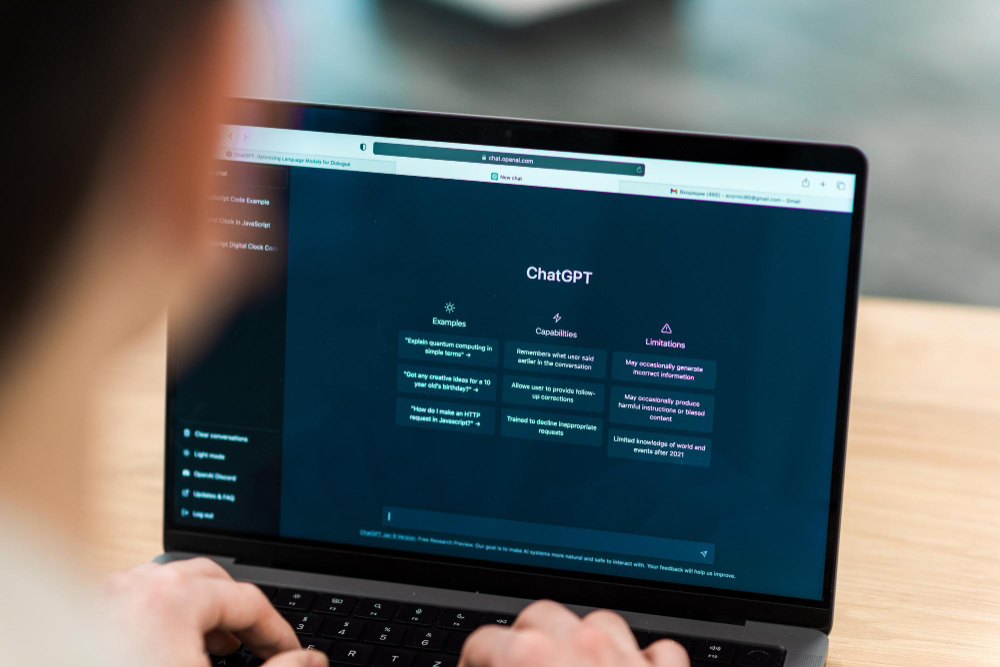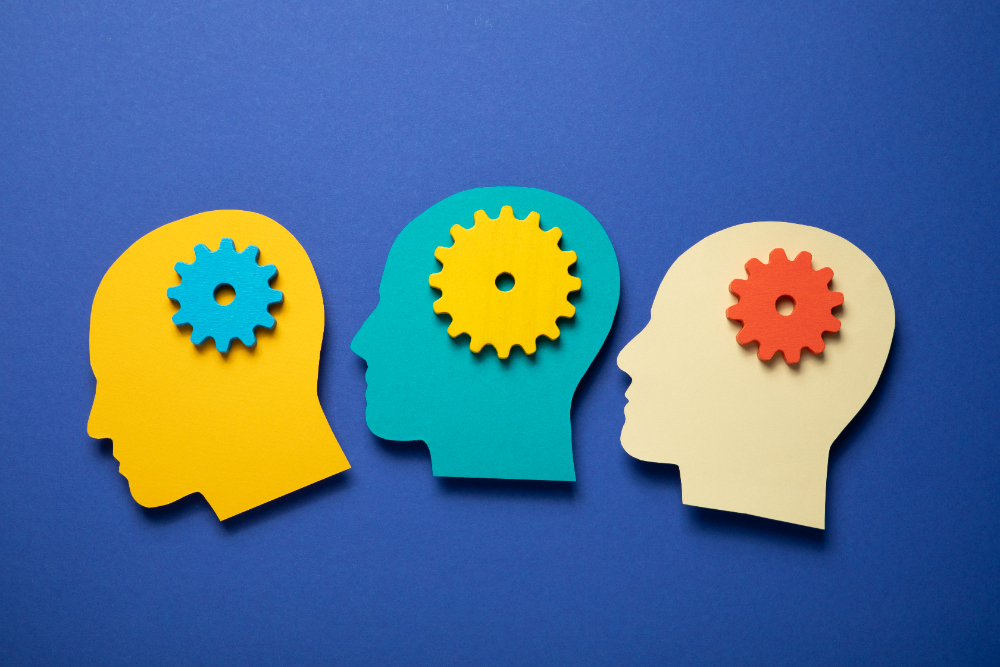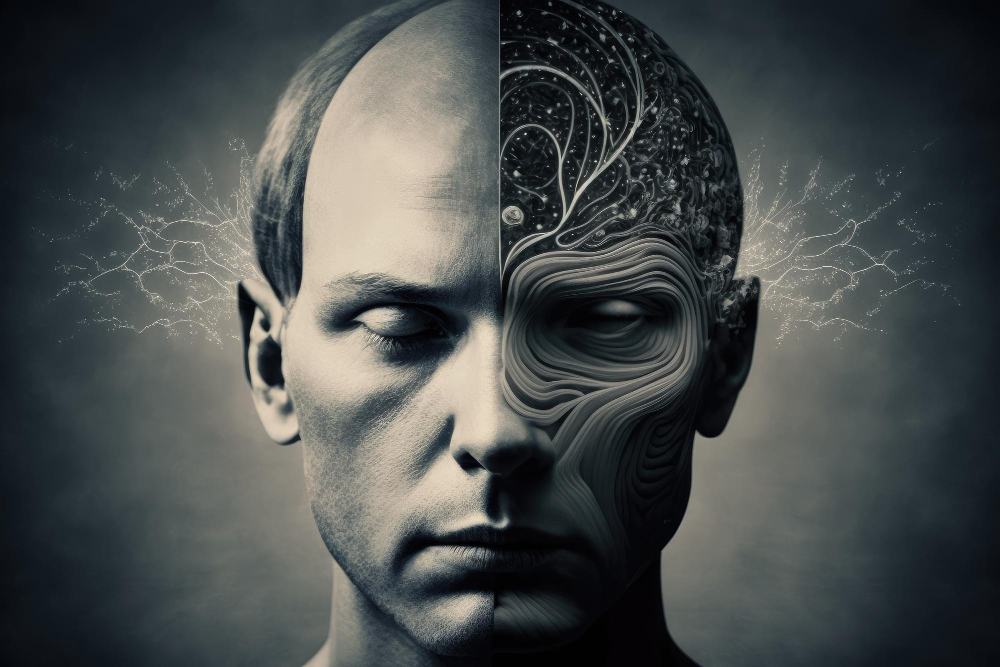Table of Contents
- The Gains with ChatGPT
- 1. The access to information has been improved
- 2. Time Saving for Teachers and Students
- 3. Personalizing Educational Experiences
- 4. Expanding the Range of Educational Goals
- 5. AI Integration in Education
- What Have We Lost with ChatGPT?
- 1. Deficiency of Critical Thinking Development
- 2. The Threats To Creativity
- 3. Academic Dishonesty and Its Ethical Concerns – The Case of ChatGP
- 4. Dwindling of Research Skills Competency.
- 5. Overconsumption or Addictiveness.
- Balancing the Gains and Losses of ChatGPT
- 1. Promote Critical and Ethical Use
- 2. Reinforce Foundational Skills
- 3. Incorporate AI Training for Educators
- 4. Develop Transparent AI Policies
- 5. Foster Collaboration Between Developers and Educators
- Conclusion
Relating to the past few decades, it is easy to admit that it was not simple to send a formal email, solve a complicated problem, or engage a particular idea. All of these activities would require various amounts of efforts, time, and more often than not, teamwork. In the present day, however, a phrase typed into ChatGPT produces answers much quicker. This results in a noticeable and harsh contrast on the reliance and usage of collaborative tools. Without any doubt, we have instantly progressed. But with that arises a question—has the reliance on patience, creativity, and critical thinking been overemphasized in the process?
The development and proliferation of ChatGPT is more than the development of technology; it is a development and expansion of the market and authority that can help learning, teaching, and engagement with knowledge. Prior to its inception, the ethical use of information was debunked by idea-heavy lectures and event ideas that focused on interaction rather than question and answer sessions. At the very core, there lies a beating heart of questions—have we grown for the better or is this ease of access on its own a nature shift in focus which can be considered negative?
This article embarks on the debate between progress and preservation and interplay conceptualizations of how the educational ecosystem at this crucial juncture can be done so without sacrificing the essence of learning.
The Gains with ChatGPT
The introduction and use of ChatGPT and similar AI applications have undoubtedly changed the way that knowledge is seen and sought after. Such tools bring convenience and flexibility for users, thus improving the education sector, its processes of learning and teaching as a whole.
1. The access to information has been improved
Presentation of customized and instant information before the emergence of ChatGPT was a feature that was dependent on the effectually stocked library or hours of research. To say that AI has radically changed the status quo is an understatement. With the help of ChatGPT, users are capable of requesting vast amounts of complex explanations, speeches translated into rare languages and even clear technical concept all in a click of a mouse and at any time or place in the world. For students in remote or underdeveloped regions, this is a great leveler.
As per a statement issued by the Indian Express about a UNESCO report on AI in education, Such Tools Are…,”This statement positions students who do not have access to the traditional resources in a better position. In addition to students, ease of access benefits parents, caregivers, tutors, and adult learners who want to learn more.
2. Time Saving for Teachers and Students
Let us speed up time in a classroom filled with students by using ChatGPT. Educators now use it to write lesson plans, develop quizzes or come up with ways to set up activities for the students without taking much time, the same applies to students who for instance can summarize or work on research that is time-consuming allowing them to concentrate more on the main work.
For instance, research from Coursera states that AI free educational tools allow educators to spend more time nurturing critical thinking and creativity instead of spending it on the dull and unproductive administrative work. This means educators can invest more energy into personalized interactions with students, which stays at the heart of successful teaching.
3. Personalizing Educational Experiences
The most notable feature of AI for learners is customization. Unlike other resources that are fixed and do not change, ChatGPT provides answers that can be shaped around the inquiry posed, the student’s comprehension level, or even the manner in which he or she learns.
For example, a primary school pupil who cannot work with multiplication tables can be provided with simple, easily understood explanations, whereas an advanced pupil can easily raise derivations to the same tool now. The OECD’s report on AI and skills indicates that this quality of flexibility can improve vice and engagement even for those students who do not cope well with the traditional approach to learning.
4. Expanding the Range of Educational Goals
Moreover, ChatGPT opens up new «what» and «why» questions that can be taught and learned. It allows the users to see relations between different disciplines, such as how a certain historical event parallels a certain scientific invention or how some branches of philosophy relate to artificial intelligence. Such a wide availability allows students to go beyond topics that are usually part of their formal education and to spark their imagination.
5. AI Integration in Education
AI systems are making their way into classrooms not in place of teachers but in aid of teachers, for example, a student can interact with an AI to do their homework while a teacher uses AI generated insights to understand the knowledge gaps of children.
As the education sector also has the potential to change over time, all these tools would be interesting to have in a classroom and would also allow students to reach out to resources that were otherwise difficult to access.
What Have We Lost with ChatGPT?
It suffices to state that ChatGPT is one of the most convenient tools; however, its growing use in education contributes to the fact that students lose the development of sufficient skills, destroys creativity, and ignores how ethical practices dominate. Together with these concerns, however, there arises the issue of ‘what’s the risk?’ in pursuing the benefits of AI.
1. Deficiency of Critical Thinking Development
Because of the excessive use of AI, such as ChatGPT, students become less capable of solving problems by themselves and using critical thinking skills. Such tools make available answers immediately and do not allow one to pass through the cognitive cycle of integrating, synthesizing, and analyzing information.
OECD’s AI and Skills Report issued a warning that overreliance on AI causes one’s learning problem solving capacity, which is a fundamental element effective learning, to be deteriorated. Such tasks that involve intellectual effort, such as composing an essay or untangling complex issues, have now, for the most part, been assigned to ChatGPT, which might even hinder the development of critical thinking in students.
2. The Threats To Creativity
Creativity is potential that develops out of turmoil of seeking to create something entirely new and failing repeatedly in the process but on the other hand the capacity of ChatGPT to formulate an impressive and ready made answer can as well tarnish this potential growth.
Based on the UNESCO report on AI in Education, such instruments may in fact reduce the chances of the students to conceive original thoughts and ideas. Educators have reported instances where students rely heavily on AI for assignments, submitting work with little input and reducing their chances to devise something new.
3. Academic Dishonesty and Its Ethical Concerns – The Case of ChatGP
Concerns about plagiarism and academic honesty have been bulked up with the introduction of the ChatGPT phenomenon. While doing so, students have ceded the ability to express themselves in writing and virtually every kind of written instruction and correspondence communicating style or form whereupon educators have find it more difficult to discern the piece of writing thus composed by AI.
According to research in EdWeek many professional have come across students who have used AI tools for whatever assignment whenever possible. Such episodes brings about a negative effect on educational evaluation and the relationship between the students and the instructors.
4. Dwindling of Research Skills Competency.
Pre-AI era, students had to conduct research-based work in order to learn necessary skills. This consisted of working with libraries, sorting through various materials, looking through information, and evaluation of a certain source. Now, Sills are likely to be ineffective as features like ChatGPT provide summarized text and hoped answers.
Also, an article about Coursera’s blog reiterates the importance that AI cannot solely be relied on as a first source since it does not fathom the depth of research or the rigorous process of getting the task done. Omitting such basics might prove a challenge when assuming a student in an academic environment or in the working sphere.
5. Overconsumption or Addictiveness.
Household use of ChatGPT creates an automatic use confidence that diminishes their ability to work on a challenge independently. This could be beyond tesc, believing slightly helps efficiency.
Teachers’ testimonials suggest that it has almost become a trend for students to approach AI to perform chores instead of initiating efforts on their own. Such interference in the lives of students could reduce their adaptability and their self reliance capacity in the long run.
Balancing the Gains and Losses of ChatGPT
As ChatGPT becomes an integral part of education, the challenge lies in leveraging its benefits while addressing its drawbacks. By promoting responsible AI use and integrating ethical practices, educators, students, and policymakers can ensure that ChatGPT remains a tool for empowerment rather than dependency.
1. Promote Critical and Ethical Use
Educators play a crucial role in teaching students how to use ChatGPT responsibly. This includes emphasizing its role as a supplemental tool rather than a substitute for independent thinking or creativity.
The UNESCO Guidelines on AI in Education recommend integrating digital literacy into curricula, ensuring that students understand the limitations of AI, such as bias and the need for fact-checking. By fostering an environment of ethical AI usage, educators can help students become discerning users who rely on ChatGPT to enhance, not replace, their learning.
2. Reinforce Foundational Skills
While ChatGPT can assist with tasks like summarization or brainstorming, it should not replace the practice of foundational skills, such as research, critical analysis, and problem-solving. Encouraging students to approach ChatGPT as a starting point rather than an endpoint can mitigate over-reliance.
For instance, educators can design assignments requiring students to verify AI-generated information using traditional sources, fostering skills in source evaluation and in-depth analysis.
3. Incorporate AI Training for Educators
To ensure effective integration, educators themselves must be trained in the strengths and limitations of AI tools like ChatGPT. Workshops and professional development programs can help teachers understand how to incorporate AI meaningfully into their teaching strategies.
4. Develop Transparent AI Policies
Schools and universities must establish clear policies governing the use of AI tools. These policies should address ethical concerns, such as plagiarism, and provide guidelines for appropriate AI use in assignments and assessments.
5. Foster Collaboration Between Developers and Educators
Developers of AI tools like ChatGPT should work closely with educators to create features that align with pedagogical goals. For example, tools can include functionalities that promote critical thinking, such as prompting users to evaluate the reliability of generated content.
The OECD’s recommendations suggest that collaboration between technology providers and educational institutions can result in AI systems tailored to support, rather than replace, essential learning processes.
Conclusion
The advent of ChatGPT and similar tools mark a turning point in how human beings are supposed to learn and to be taught something. On the one hand, these technologies have expanded the access to information, increased the productivity and provided the possibility for tailored education’s approaches. On the other hand, they also have downsides which are impossible to ignore, such as the lack of critical thinking, no room for creativity, and academic dishonesty.
For the education sector, the work is cut out for them: maximizing the use of the opportunities that AI presents and at the same time maintaining core values and competencies that make up such deep learning. It implies providing students and teachers with the ability to apply AI in a responsible manner and to promote ethics in their usage, whilst ensuring that other important aspects such as search, analysis, and even creative aspects maintain their relevance in learning.
At such a historical moment, the question that we should not only find an answer is what we have acquired but what we are ready to give up. The aim is to combine and not stand up against; it is the thoughtful unification of technology where creativity and AI are put together to benefit the education world expansion and diversification.
Now, the question is not if AI will impact education but rather how we affect its role — deliberately, responsibly, and always with the virtues of learning and development at the center.

































Comments are closed.